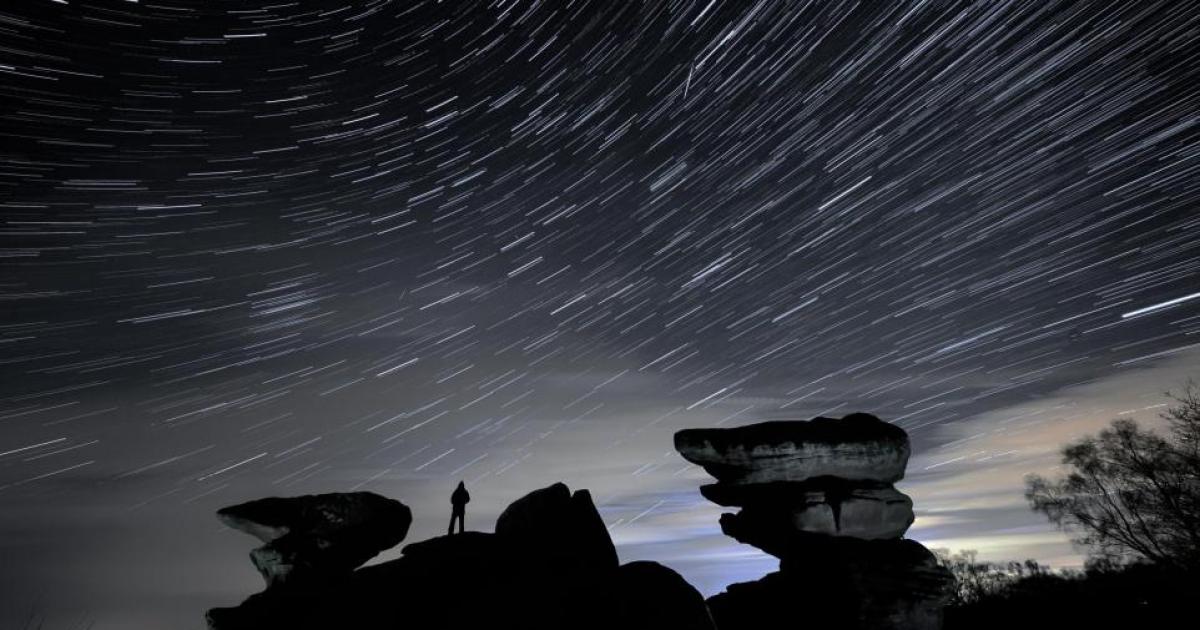The Draconid meteor shower happens when the Earth passes through the debris of comet 21 P/Giacobini-Zinner.
This phenomenon occurs in October and can be seen from the northern hemisphere.
This year, the meteor shower will be active between October 6 and October 10, with the peak coming on October 8.
Most meteor showers are best seen in the early hours of the morning – but the Draconid is clearest in the evenings, just after nightfall.
READ MORE: ‘Unique’ King Charles coin on sale for more than £30k
Royal Museums Greenwich has said anyone hoping to catch a glimpse should head to a remote area with “dark skies, an unobstructed horizon and very little light pollution”.
There will be a full moon on October 8, which is unfortunate as it means the sky will be brighter than normal at the time of the shower.
“Make sure there are no direct sources of light in your eyes, so that you can fully adapt to the local conditions and ensure that fainter meteors become visible,” an expert from the museum said.
“There’s no advantage to using binoculars or a telescope; just look up to take in the widest possible view of the sky.”

